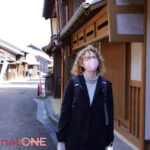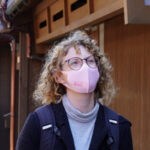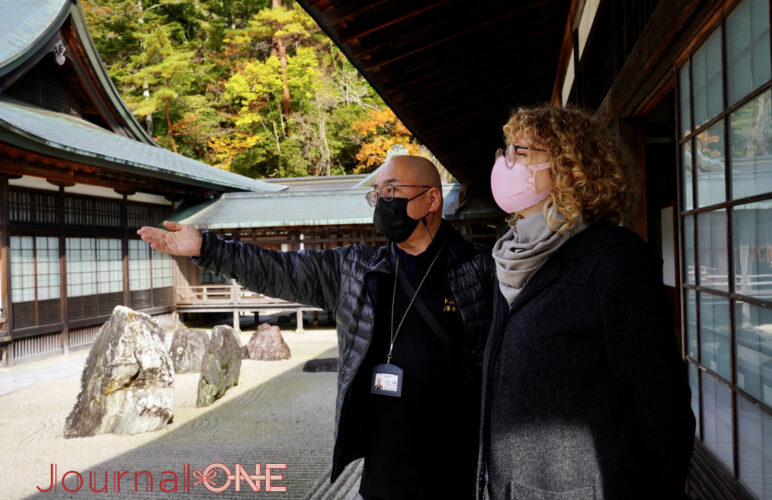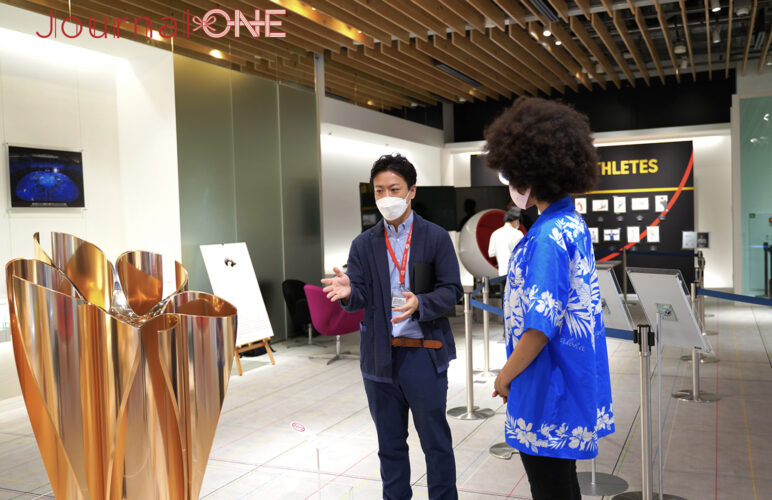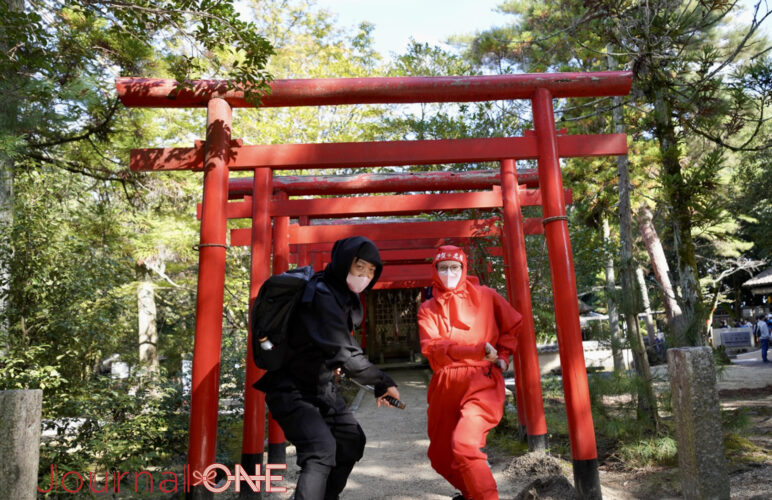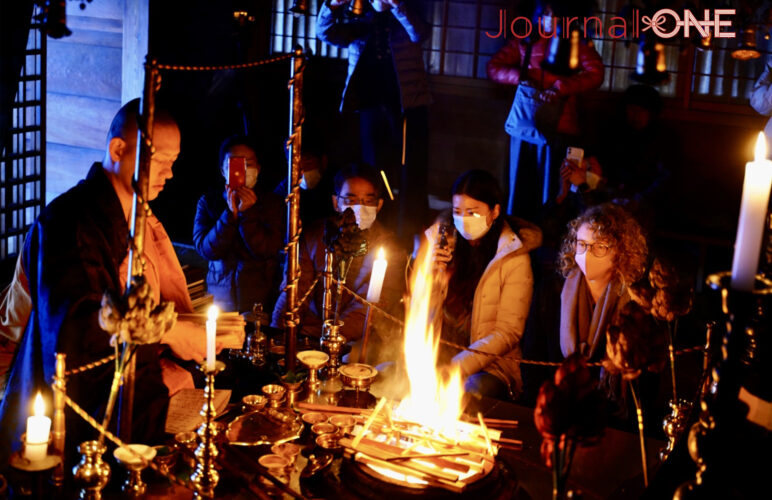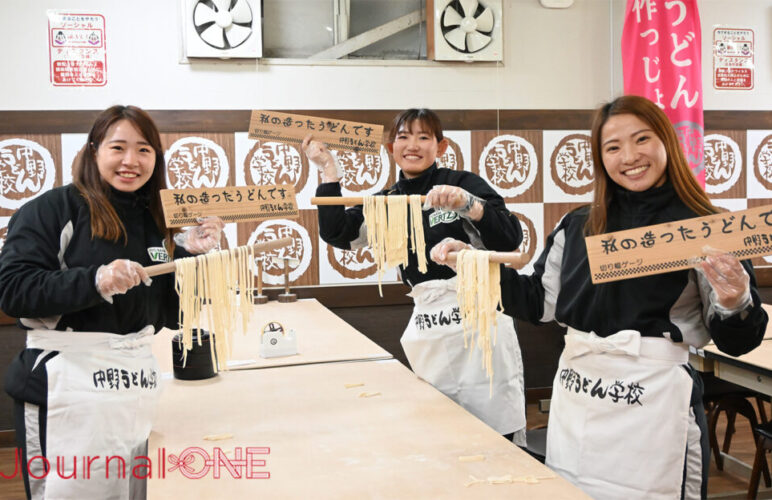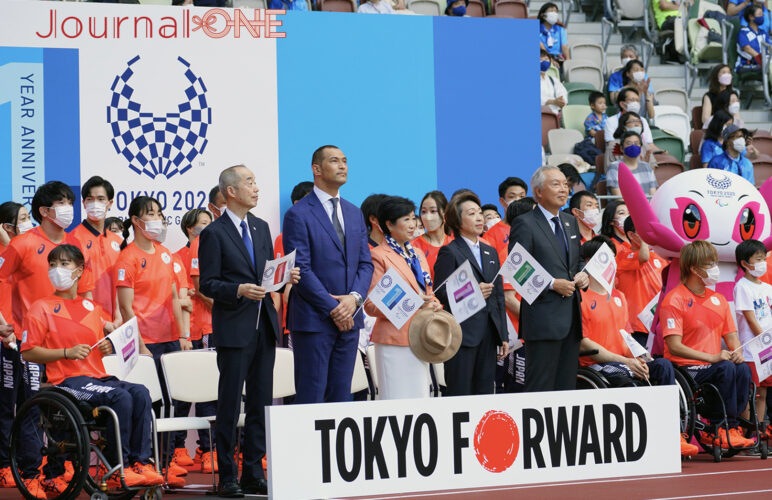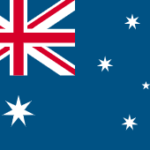 Mie in the Chubu region of Japan is a wonderful place to connect with historical Japan and local inhabitants. You can explore castle towns and Edo-period streetscapes, try traditional crafts and delicacies, learn about the roots of ninja and much more!
Mie in the Chubu region of Japan is a wonderful place to connect with historical Japan and local inhabitants. You can explore castle towns and Edo-period streetscapes, try traditional crafts and delicacies, learn about the roots of ninja and much more!
A Trip to Castle Town Iga Ueno, Homeland of Ninja
The two main stops on my journey were Seki-Juku, an Edo-town on the Tōkaidō road, and Iga Ueno, a castle town famous for ninja. Read all about my trip and recommendations for this beautiful cultural experience that can bring you closer to the history and people of Japan.
1 Night 2 Days in Iga
At a 3-4 hour journey from Tokyo it was an accessible trip, ideal for a 2 day, 1-night stay! I took the Tokaido-Sanyo Shinkansen from Tokyo at 9:21 and arrived at Seki at 12:20 after changing at Nagoya and Kameyama.
Seki-Juku
Seki-Juku is a 5 minute walk from Seki train station. As a stop on the Tōkaidō road, which connects Edo (now Tokyo) to Kyoto, Seki-Juku was a bustling Edo town, a hub for travel. The history still remains as the buildings are preserved and protected. All construction must follow certain guidelines and any modern buildings are hidden behind Edo-style wooden gates.
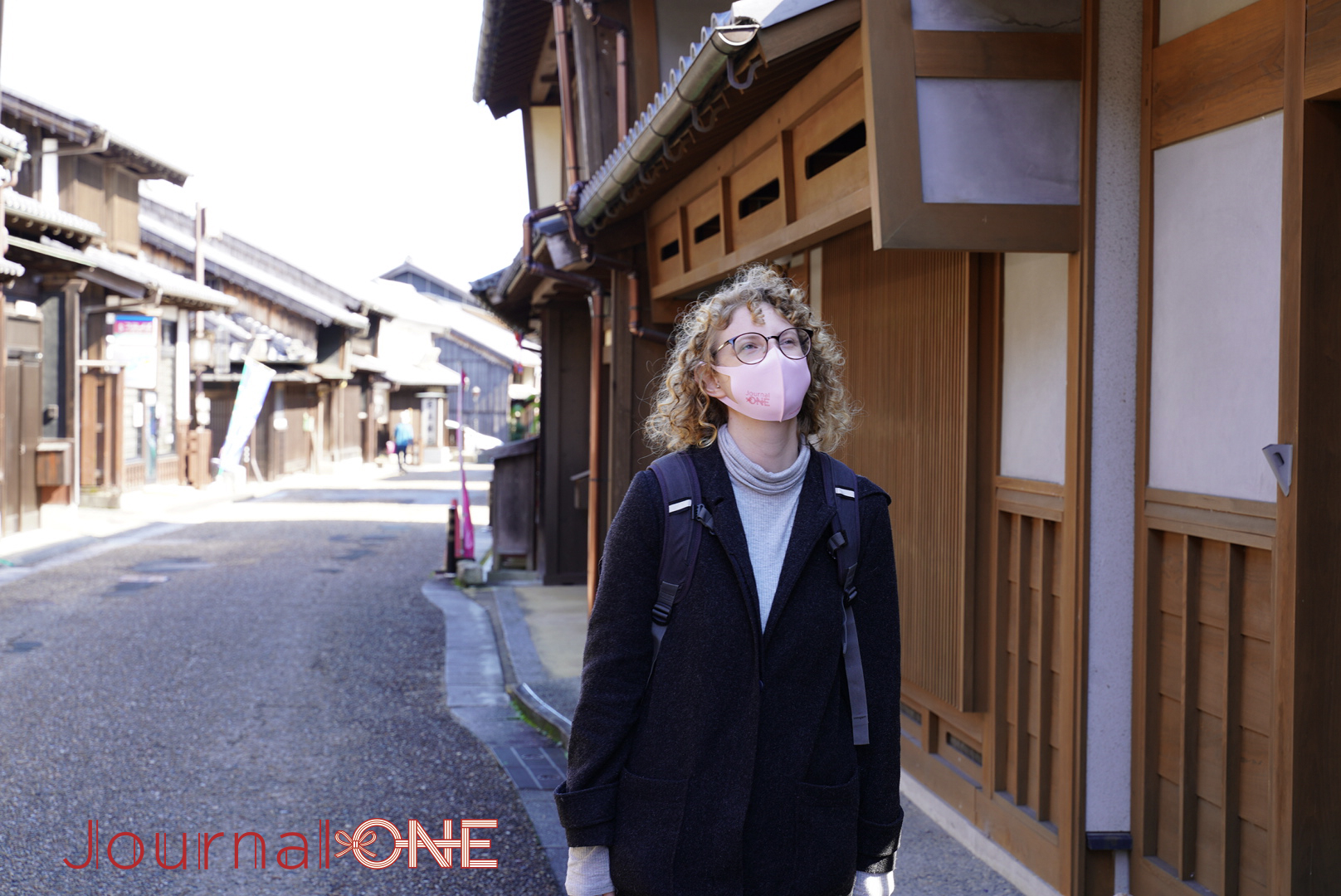
Seki-Juku is an architectural marvel. The distance marking posts, large community board, old warehouses with ornate roofs and windows are preserved. The road itself is re-constructed to building height, and used to run about 30 centimeters below as a flooding prevention measure. If you squat down, you can see the town just as it was during Edo times.
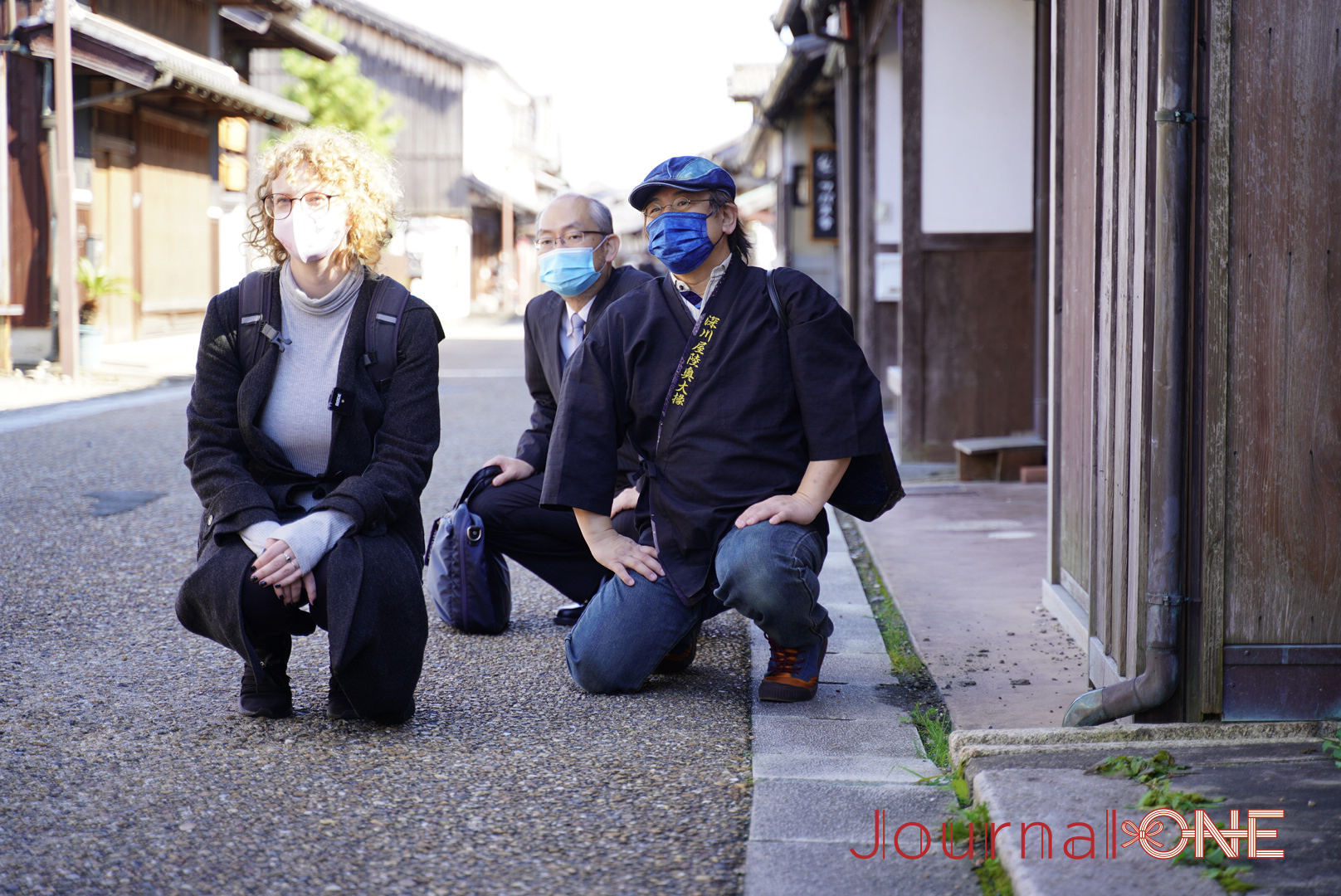
Fukawaya Mutsu Daijo
At sweet shop Fukawaya Mutsu Daijo I met Kichiemon – Aki Hattori, a descendant of the Hattori family, made famous in history by ninja Hattori Hanzo! The shop has been in the Hattori family for centuries and is over 380 years old. The best-seller is Seki-no-to, a delicious mochi rice cake. Historically the Hattoris used to sell these exquisite rice cakes to important households, probably as a disguise to gain secret information for their ninja duties, says Mr. Hattori.
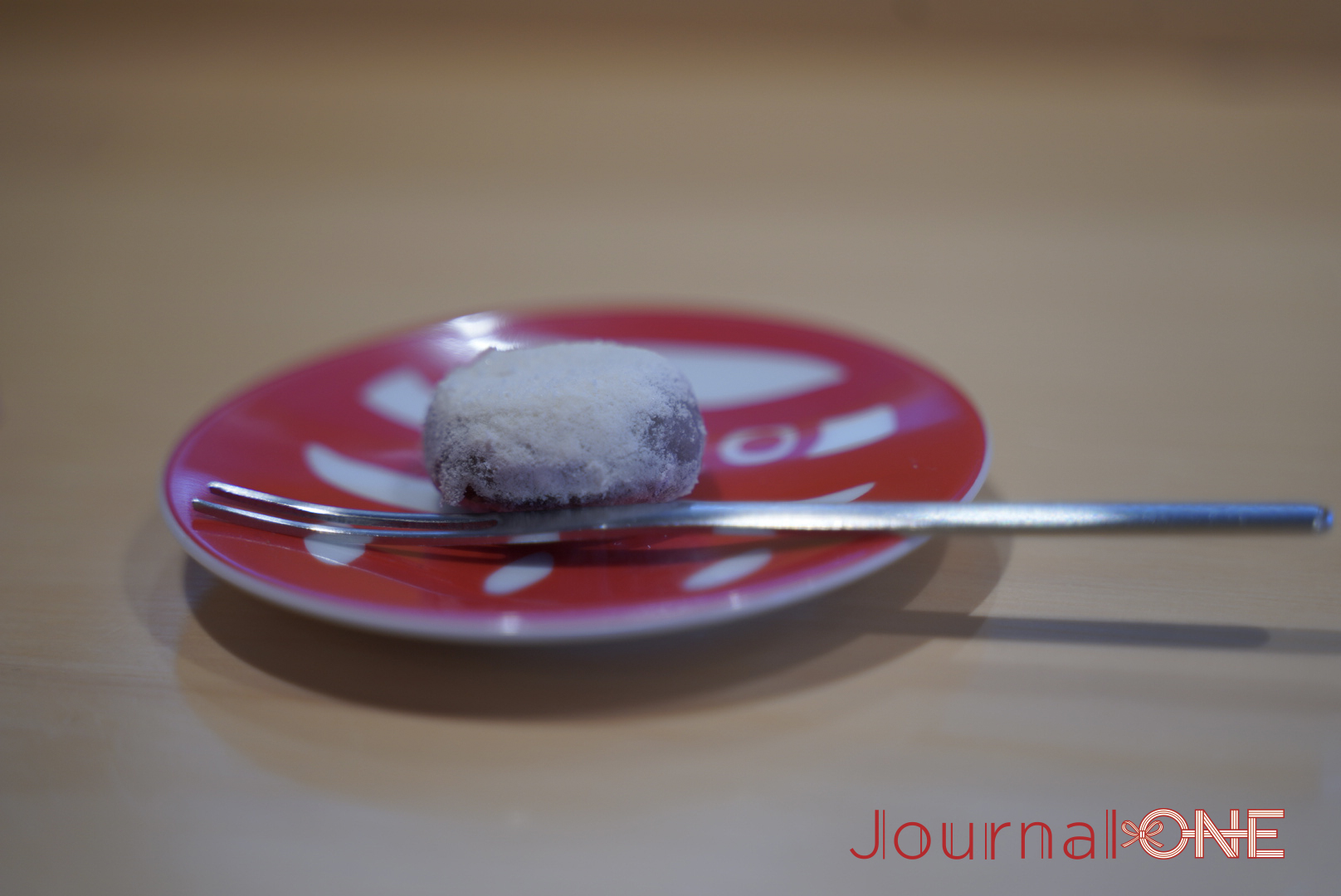
The image of ninjas in the West is that of an assassin, but actually, they were more like information collectors. This information was essential to lords who based their political schemes on it. But that’s not the only connection, Sekinoto itself is actually made using ninpo, ninja arts! The complex and highly-skilled production and preservation methods used to make Sekinoto have been passed down through the Hattori family and are in use today. The Hattori family also run a cafe with self-drip coffee and seasonal sweets.
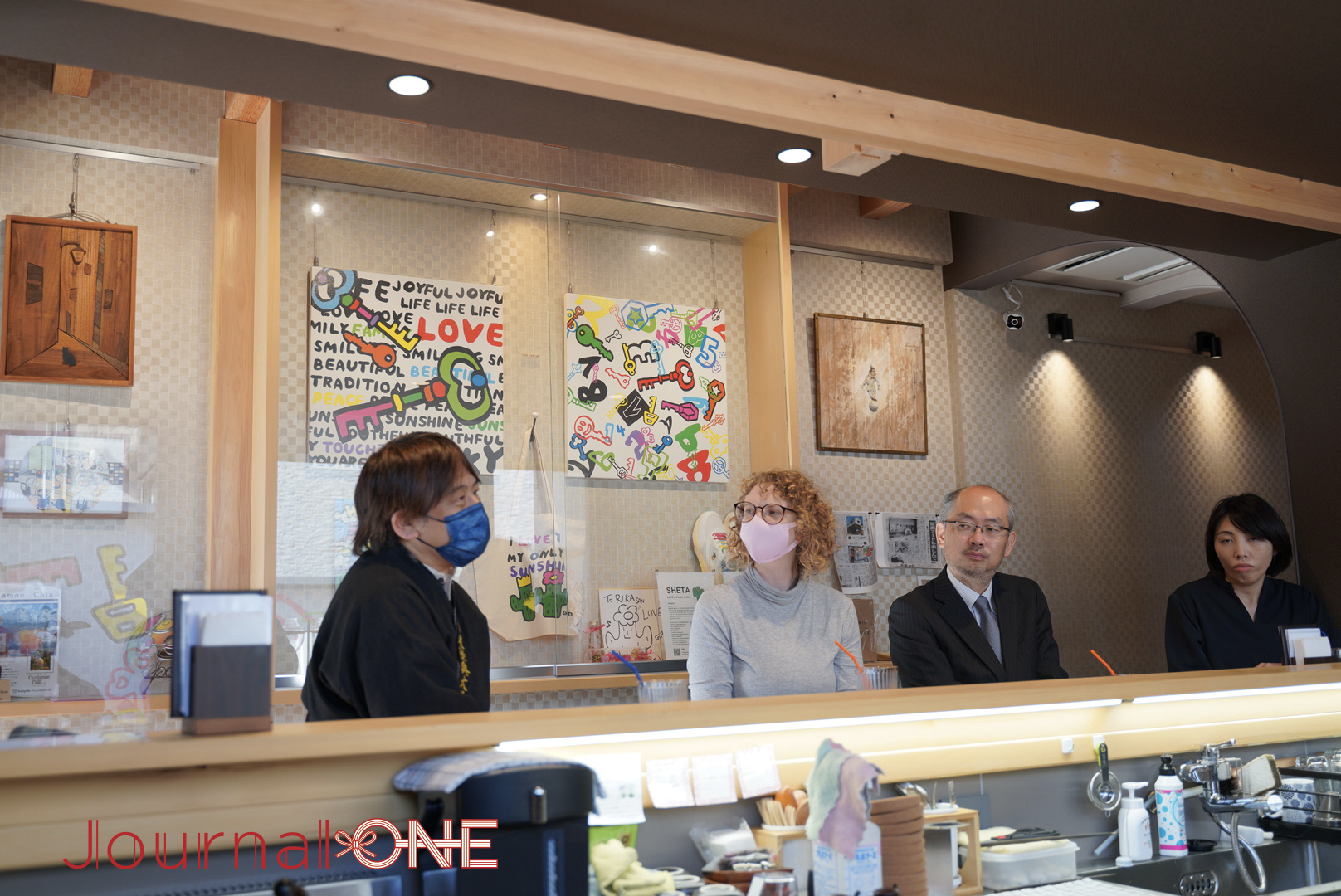
Iga
Iga, birthplace of the Iga ninja is full of exciting ninja-related experiences to enjoy.
Dengakuza Wakaya
Tofu Dengaku, Iga’s speciality, is a miso-covered tofu-skewer, roasted over a charcoal fire.
You must try it at Michelin Dengakuza Wakaya restaurant, made by locals traditionally for over 200 years!
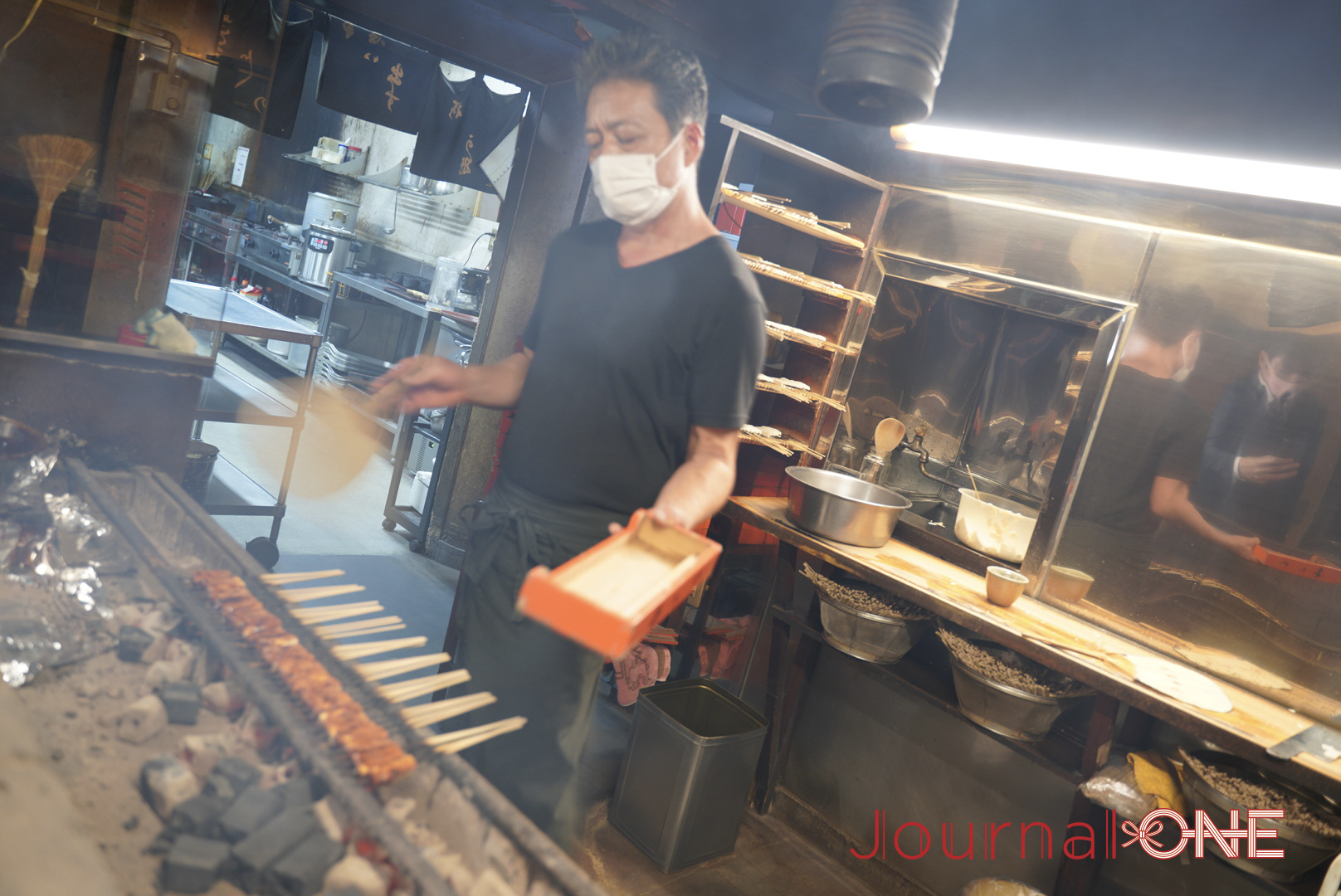
The A set was delicious and filling with tofu dengaku, rice, vegetables, and soup. Paired with Nihonshu, famous in the region.
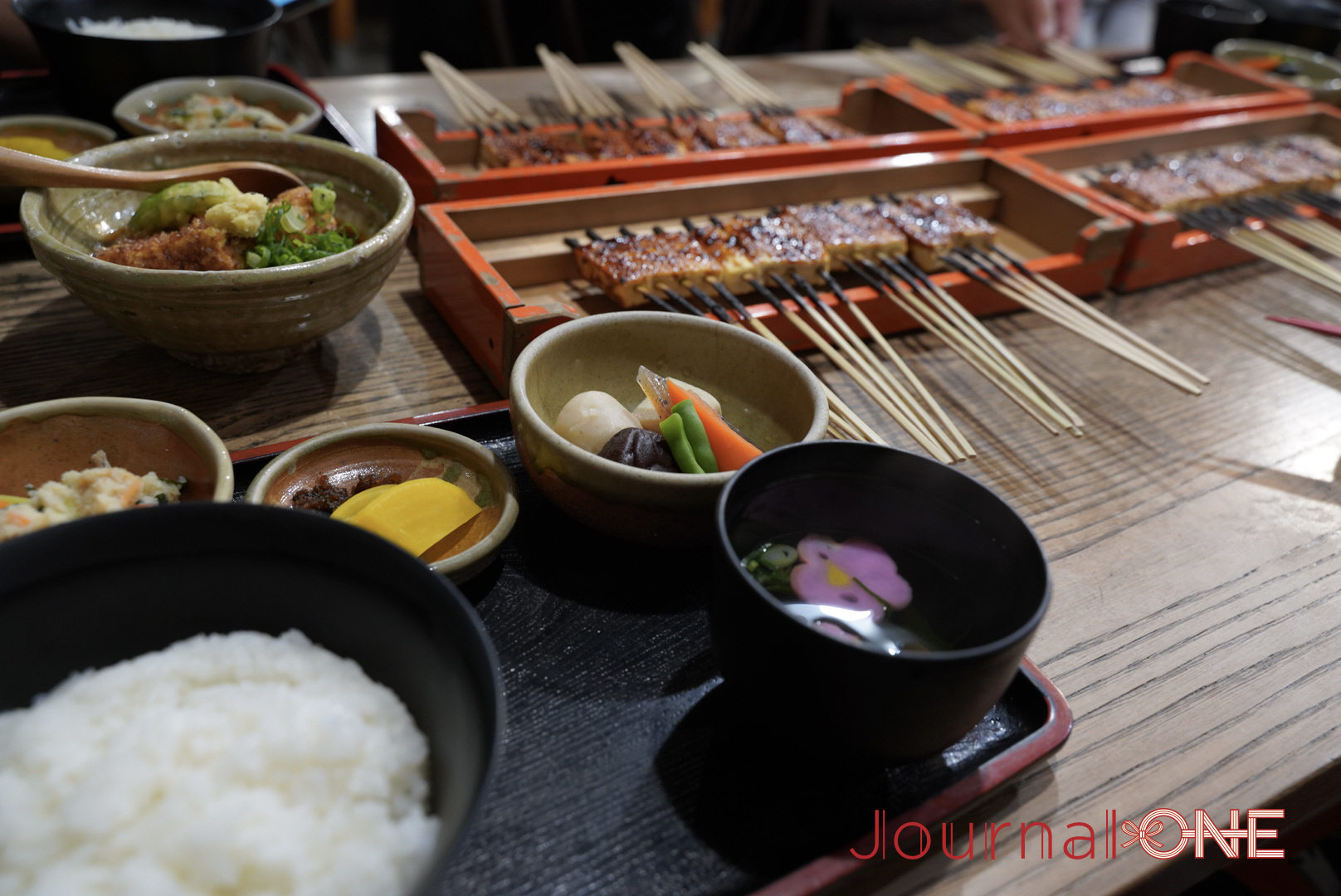
NIPPONIA HOTEL IGAUENO JOKAMACHI
The NIPPONIA HOTEL has kept the original castle town buildings and renovated the inside to create a stylish hotel, complete with Japanese garden.
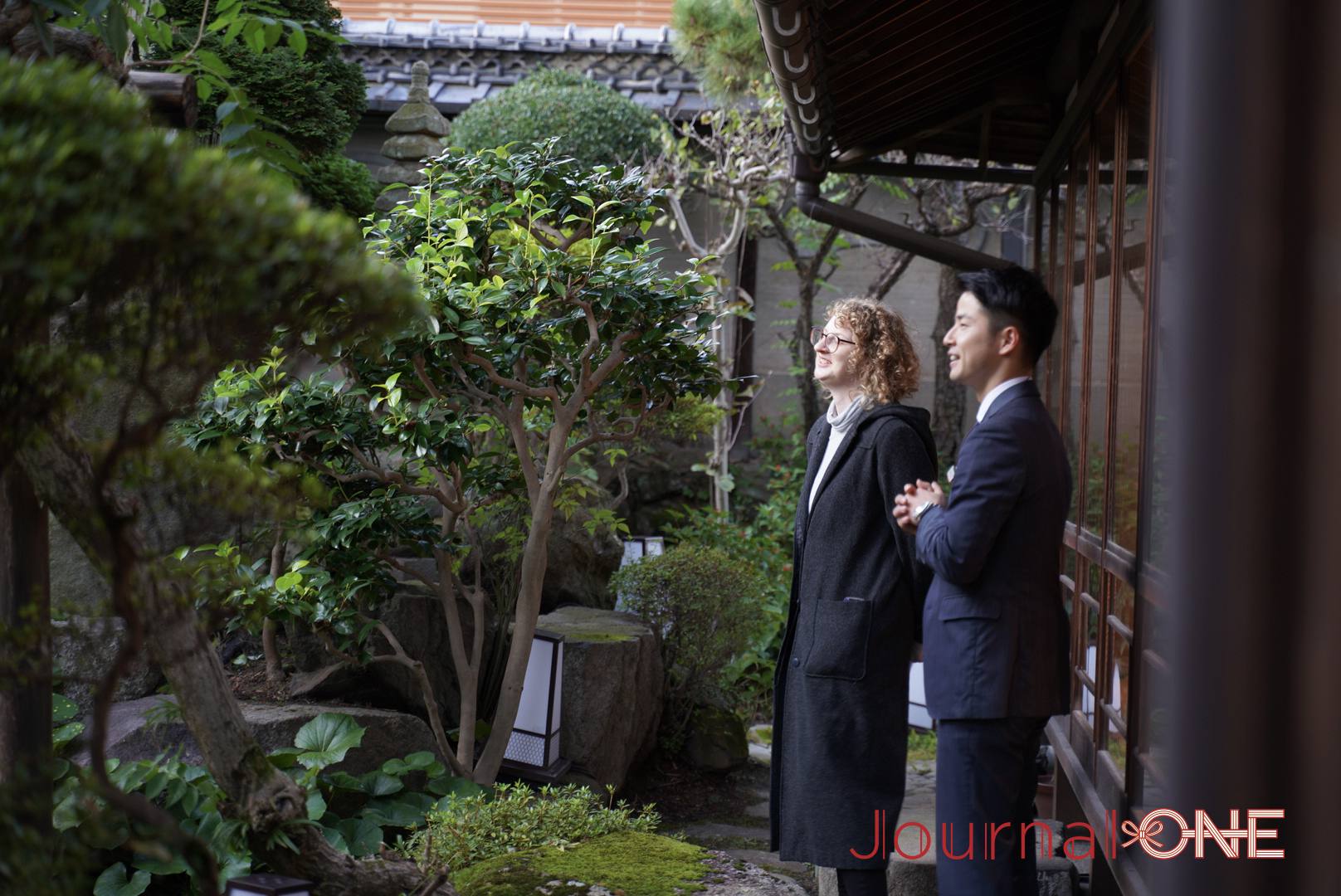
I stayed in a comfortably spacious, yet warm and cosy maisonette room with beautiful sliding screens.
We dined on a Japanese-style breakfast, made with fresh local ingredients, at the hotel tatami restaurant. The main dish was seared fish and omelette, accompanied by various small dishes and scrumptious Iga rice cooked in a traditional pot. There were options available for vegans and vegetarians on request.
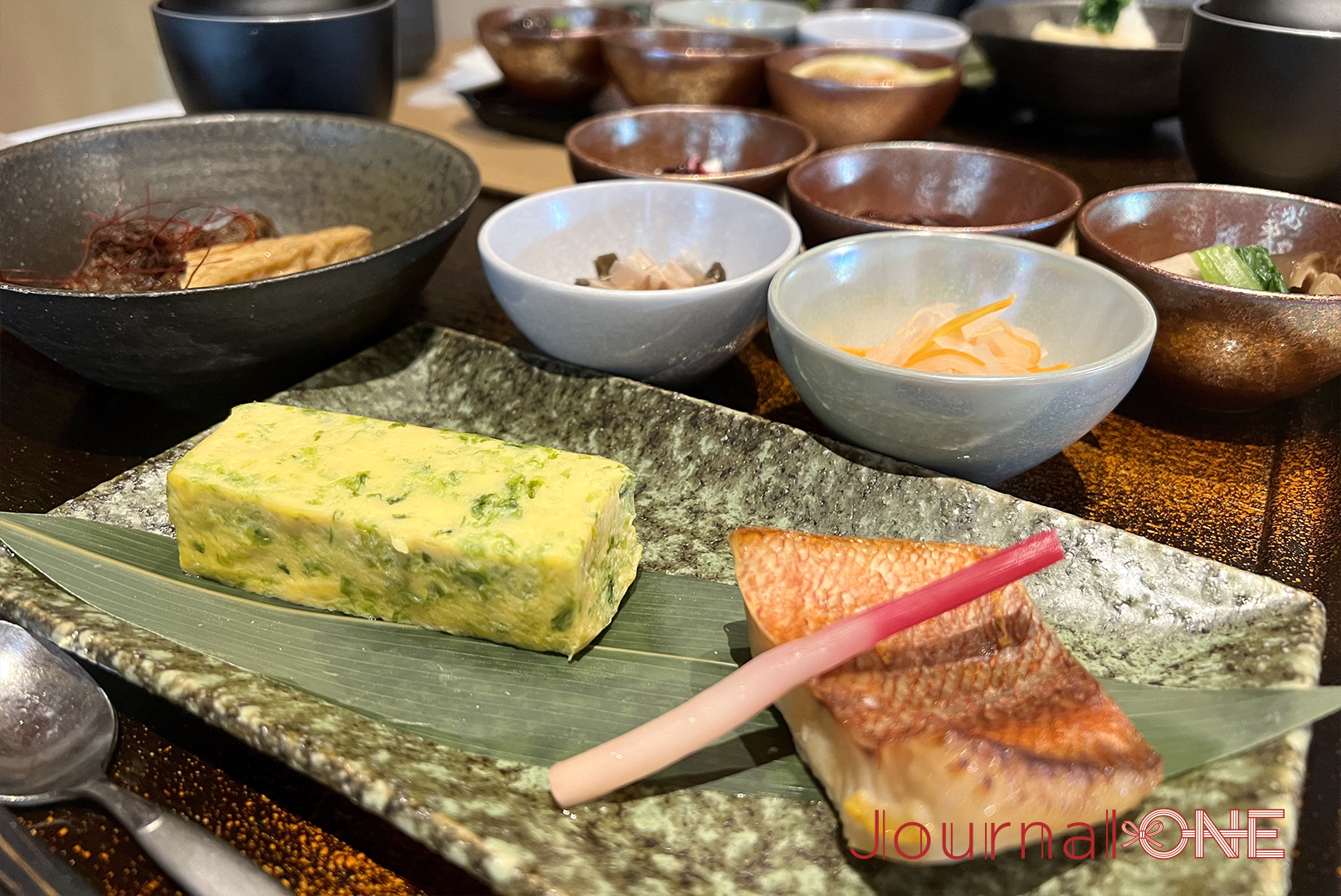
Becoming a Ninja!
You too can become a ninja! Clad in the ninja outfit rented at Danjiri Kaikan Museum, I made my way to Iga-ryu Ninja Museum where I learnt all about ninja disguises, weapons and infiltration techniques.
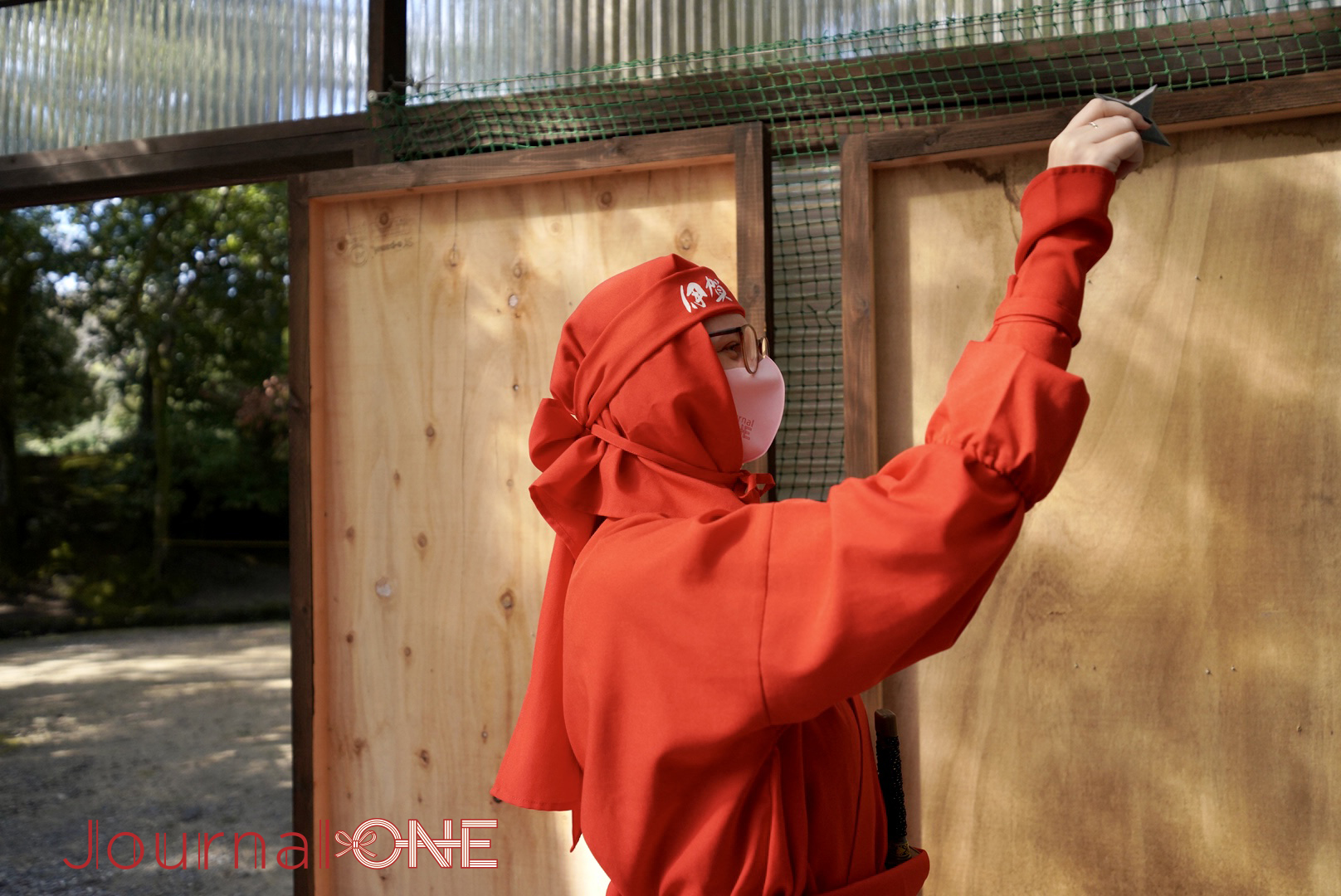
They also hold shows! One of the most fun parts of the museum was the shuriken throwing experience. I can’t say I was good, but it was fun! My favourite part was the ninja house, where you can explore secret trapdoors, and hidey-holes.
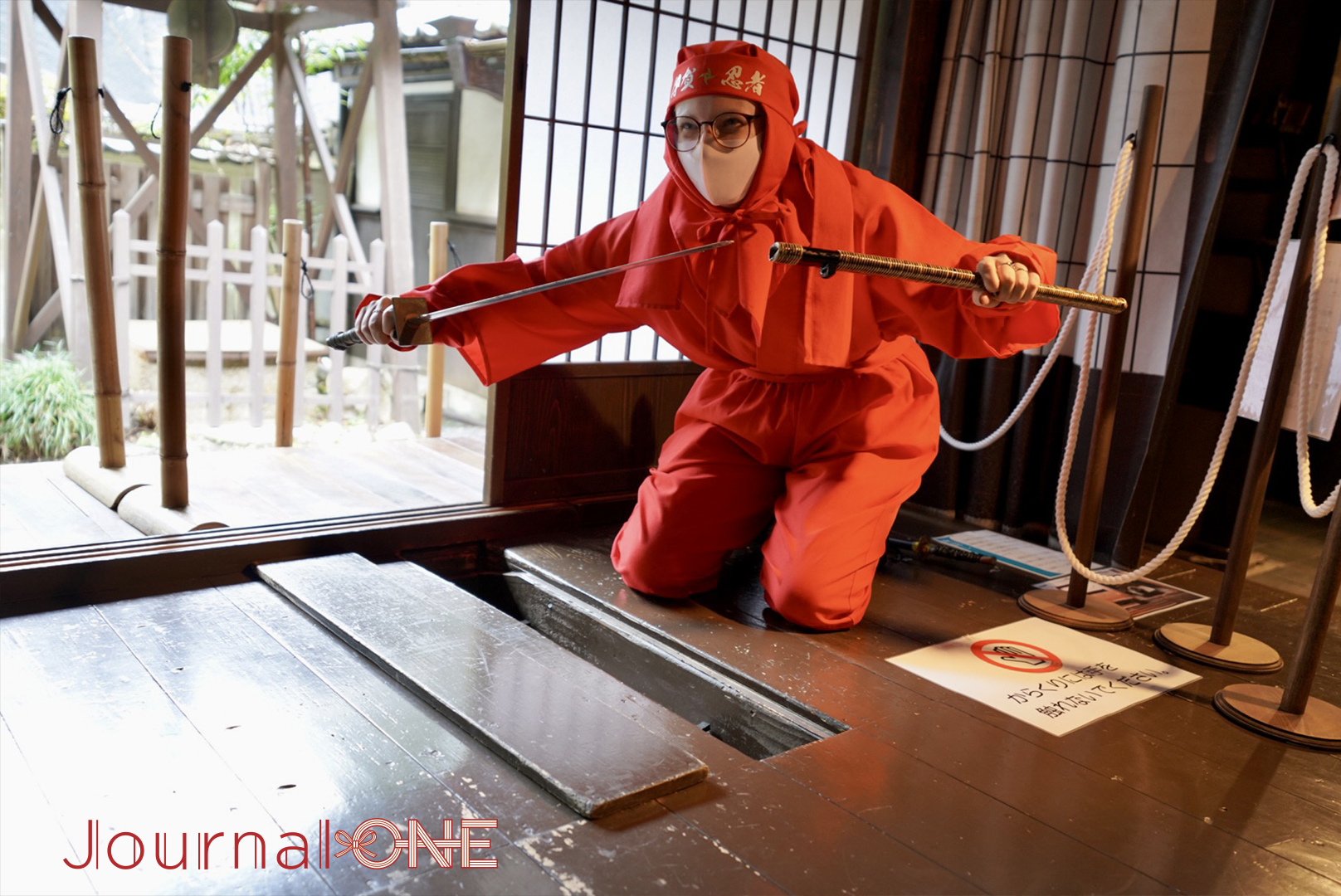
Iga Ueno Castle
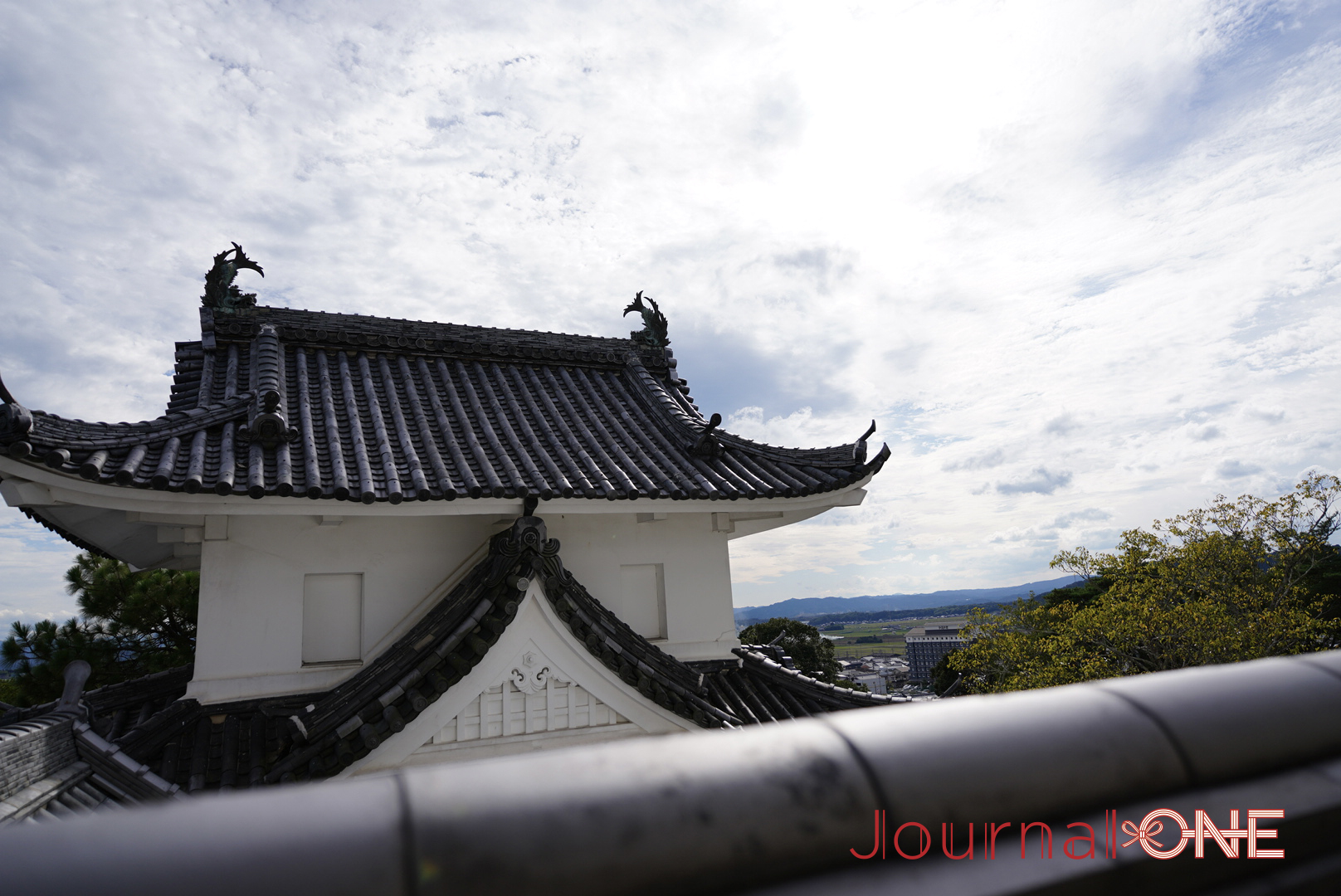
After a bowl of noodles, next was a tour of Iga Ueno Castle. I marvelled at the soaring castle fortifications, views from the very top floor, and the decorated ceiling.
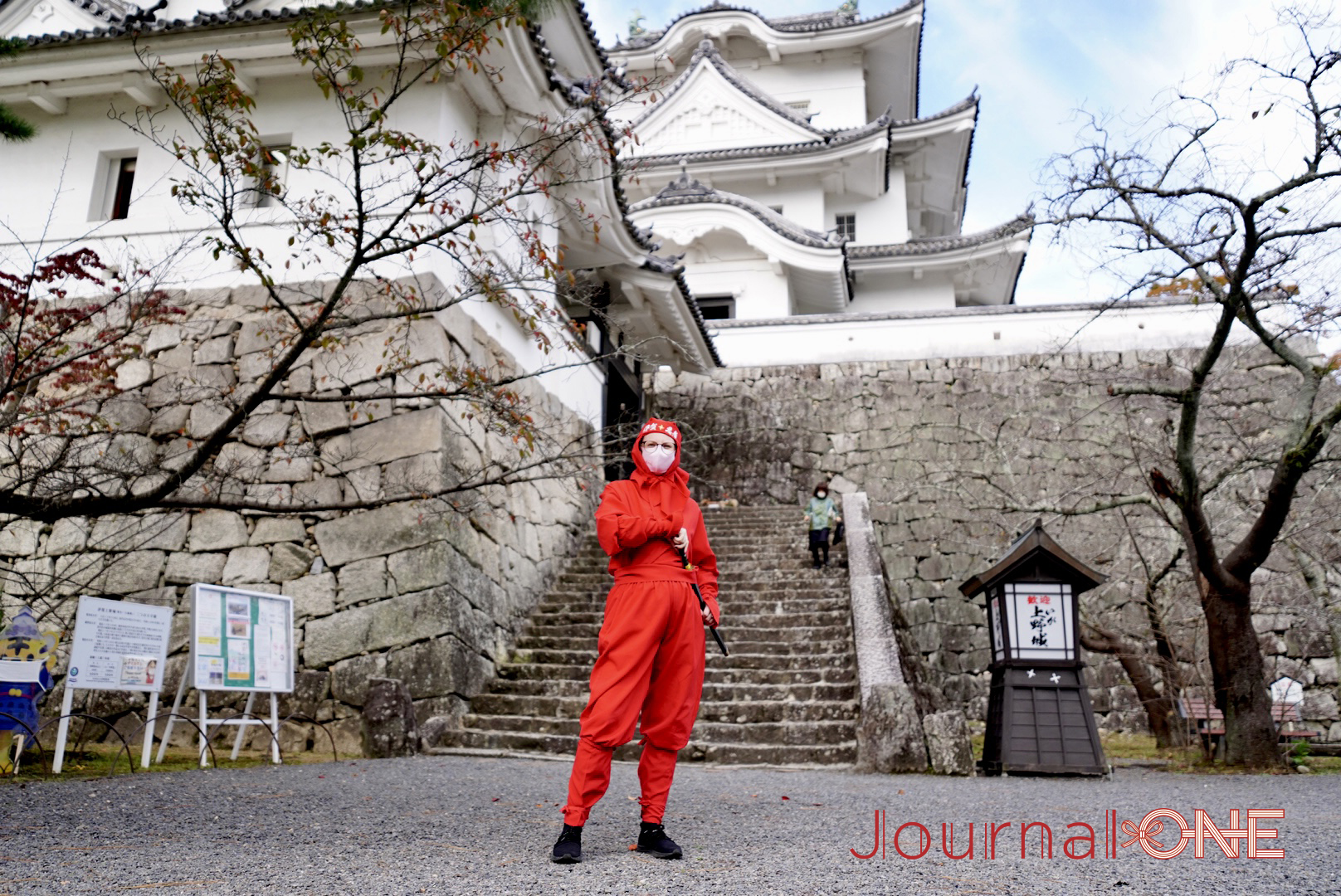
Iga Crafts
Iga Kumihimo is a silk thread weaving technique originally used to decorate swords and now used to create kimono obi ties (obijiime), neckties and bracelets!
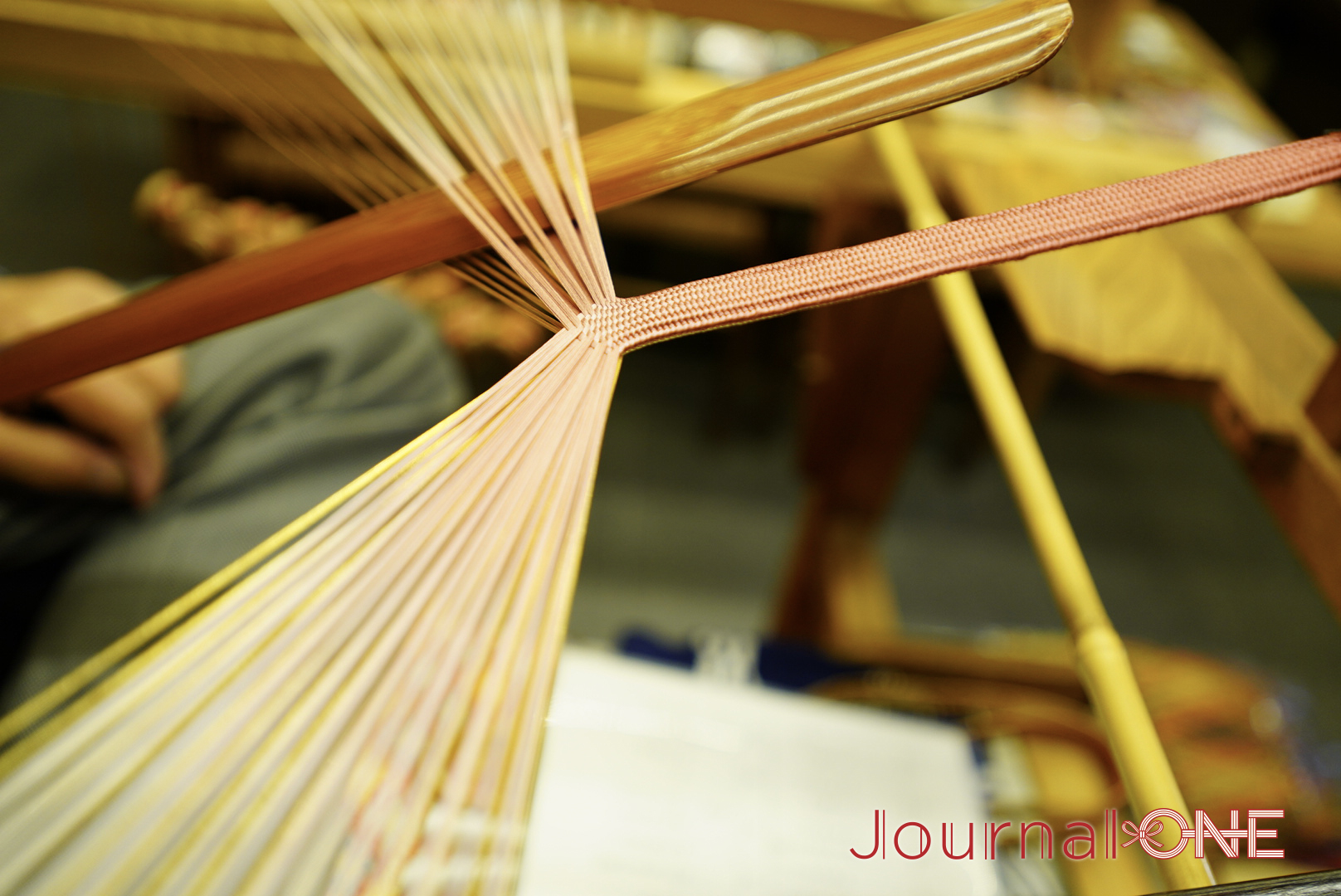
The weaver sits on a wooden structure and hand weaves the silk in a technique that has continued for hundreds of years.
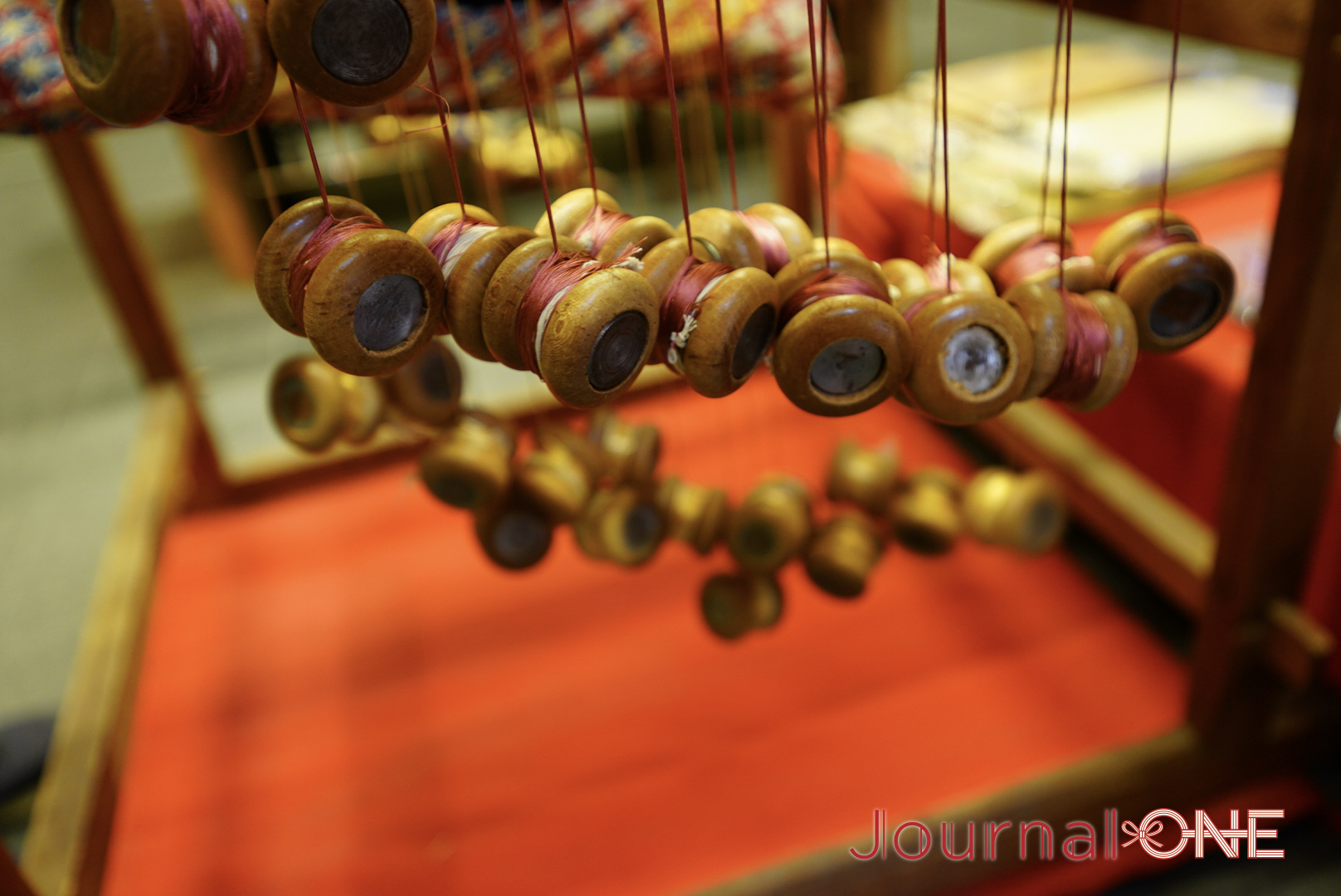
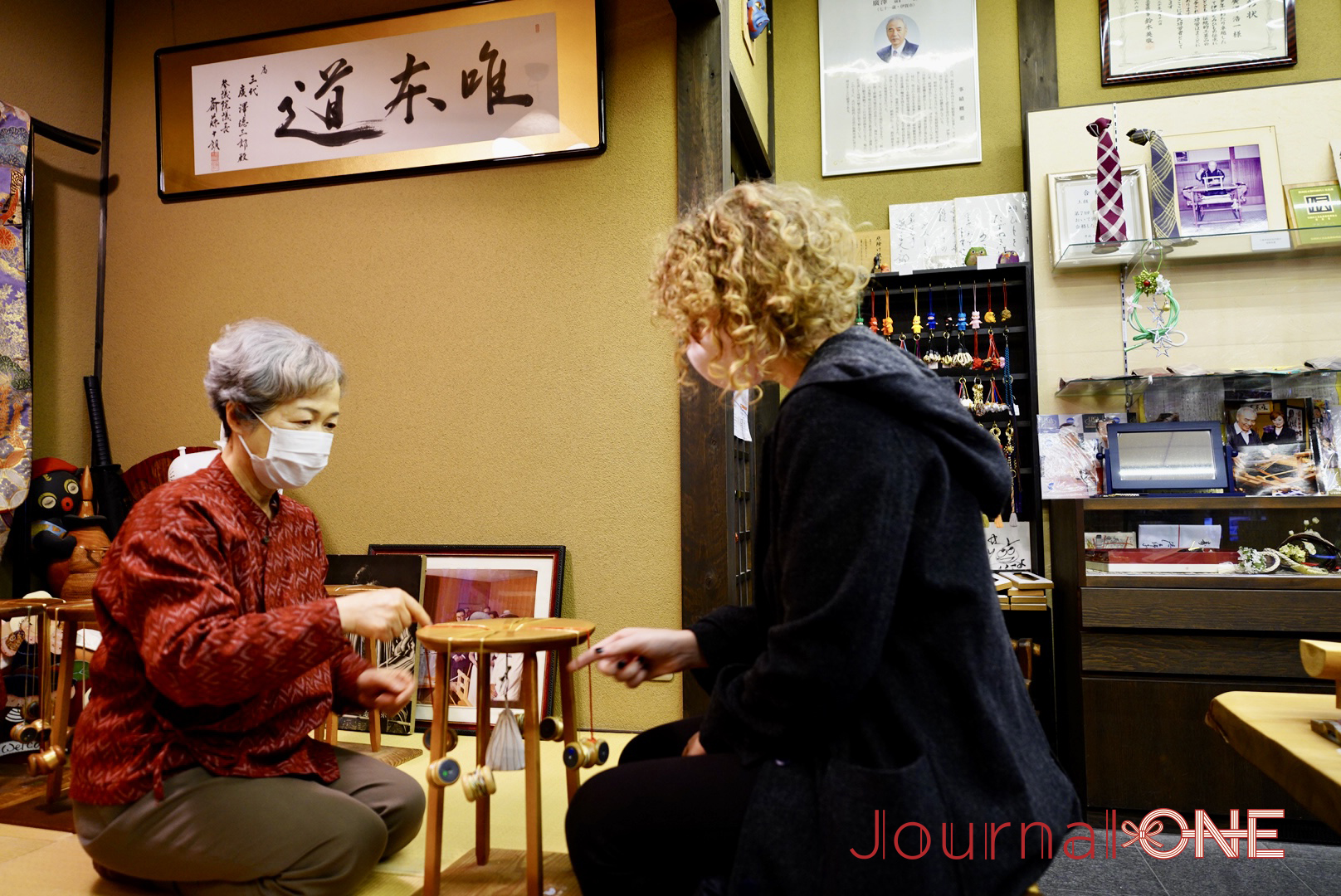
I joined a weaving trial experience at Hirozawa Tokusaburo Kobo shop, sat at a round weaver and was taught the basics. In just over 10 minutes I had created a keychain!


The last stop in my journey was Kamada Seika to try Katayaki, a very hard pancake snack.
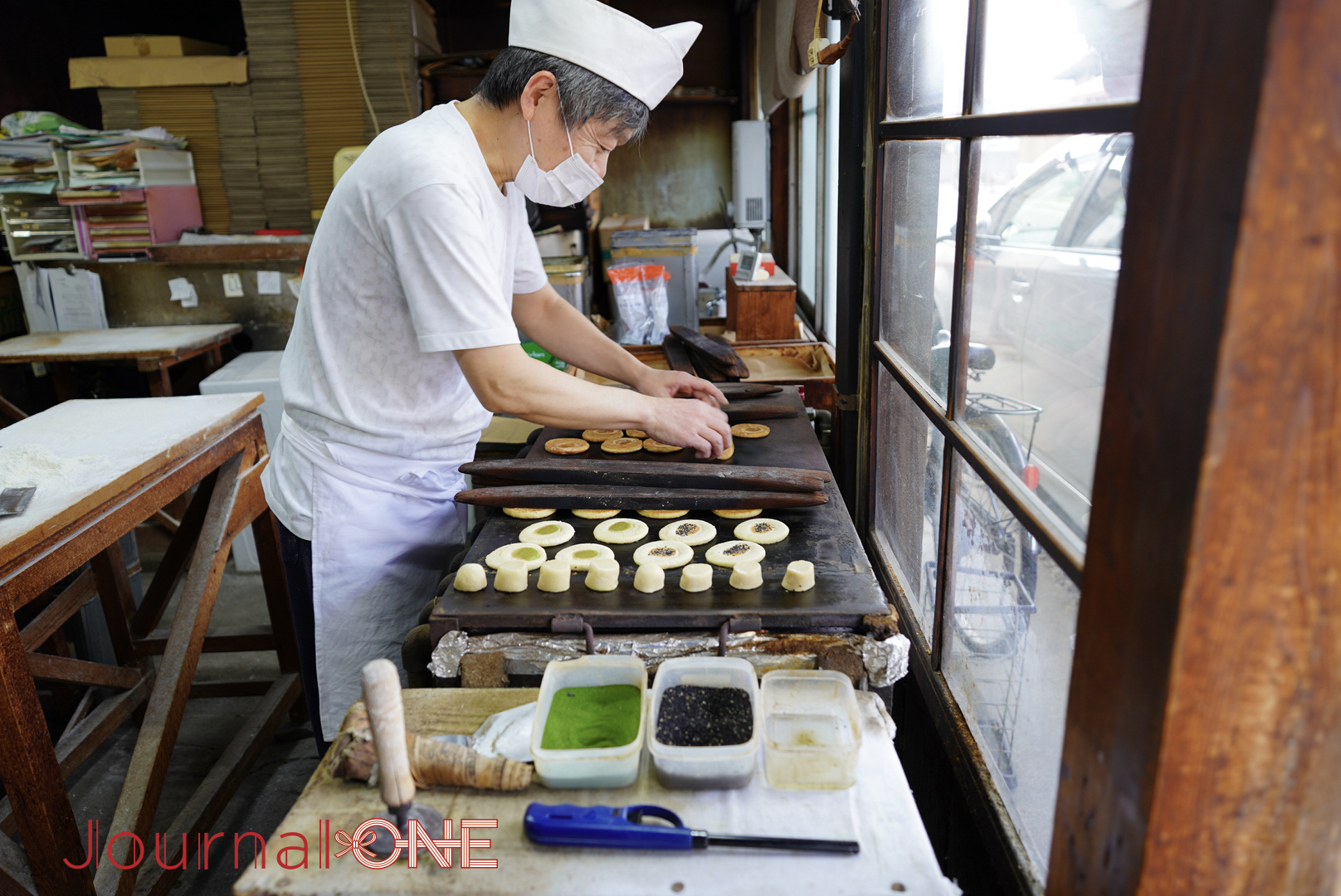
The Katayaki made with flour, sugar mixed with water, grated Japanese yam and sodium carbonate, is shaped, dipped into sesame or seaweed flavourings and cooked for around 40 minutes.
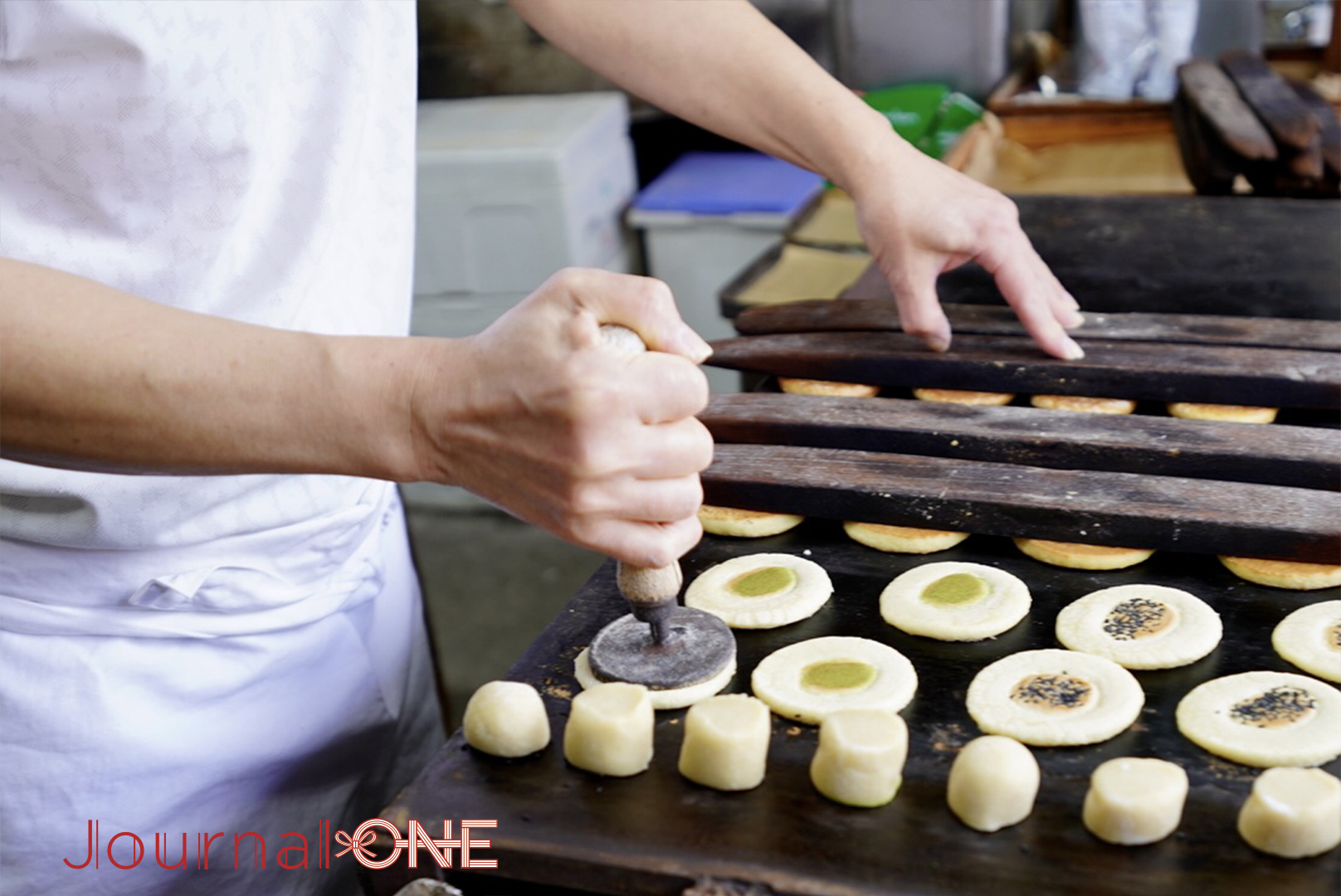
The pancake is so hard you need to bash it with another, or something else equally hard to break it into pieces and eat piece by piece, but it’s totally worth it!
The Return Journey
To get back to Tokyo I took a highway bus from Iga Ueno directly to Nagoya Station, then connected to a Tokaido-Sanyo Shinkansen.
I was sad to say goodbye to Iga, and the local friendly people. I learned so much about Japanese history, the roots of ninja and the local traditions of the area. I hope to visit again in the future.
